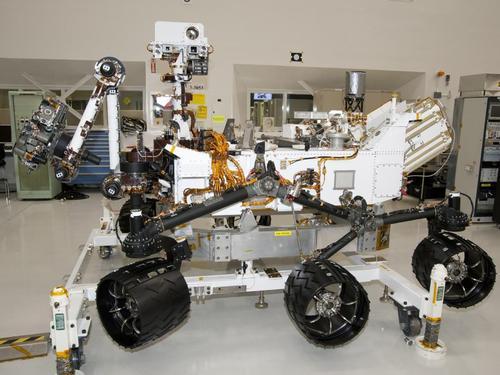 |
| This one of the exciting machines used during the Museum of Science's Lightening Shows. Image provided by the Museum's Theater of Electricity. |
During the presentation, I learned two pretty interesting factoids about lightening that I did not know before:
- Rubber Tires Do Not Keep You Safe In A Lightening Storm - Instead, it is the car's metal exterior that keeps passengers safe during a lightening storm. Now I know that seems counter intuitive, but just hear me out. Air like rubber is not a conductive material,but lightening has no trouble breaking through hundreds of yards of air to reach its final destination on the surface of the Earth. Which means that rubber tires are not going to be much protection in the event of a lightening strike. This is were the car's metal exterior comes in. Metal is in contrast to rubber and air, a very good conductor of electricity. In fact it is much more conductive than a human being ever could be. So when given a choice between the two a highly charged lightening bolt is going to want to go through metal rather than the human being. The reason that the lightening does not affect the passengers of a car is that the charge of the lightening passes through the exterior frame of the vehicle which is conductive enough to handle the high voltage of the strike and provides the best pathways to the ground.
- The Frequency Of Lightening Can Be Changed To Produce Different Sounds - It sounds kind of out there but the Museum of Science has a machine in their Theater of Electricity that can change the frequency of the sound that lightening makes. This allows the machine to produce a whole range of different sounds that can even be put together into a tune. Don't believe me? Check out the Lightening Show link.
Sources and Links:
- Museum of Science: http://www.mos.org/exhibits_shows/live_presentations&d=194
- Lightening Show: http://www.youtube.com/watch?v=Ou47oQdSKho&feature=related
- My Previous Blurb About Lightening: http://blurbsaboutscience.tumblr.com/post/28998696197/lightening-and-thunder-storms
